The volcanic soils of Hawaii's Kona region are among the most unique and fertile in the world. Formed over centuries by the gradual weathering of lava flows from Mauna Loa and Hualalai volcanoes, these soils have become the foundation of one of the most celebrated coffee-growing regions on the planet. The rich, mineral-laden earth, combined with the ideal climate of the Kona coast, creates a terroir that is nearly impossible to replicate elsewhere.
What makes Kona's volcanic soil so special is its composition. Unlike the dense, clay-heavy soils found in many agricultural regions, Kona's earth is porous and well-draining. This characteristic is crucial for coffee plants, which thrive in environments where water does not stagnate around their roots. The soil's high iron and magnesium content, derived from the basaltic lava, contributes to the distinctive flavor profile of Kona coffee—often described as smooth, complex, and slightly sweet with hints of spice and fruit.
The formation of this soil is an ongoing geological process. Each volcanic eruption adds new layers of mineral-rich material to the landscape. Over time, rainfall, wind, and biological activity break down the hardened lava into smaller particles. Organic matter from decaying plants further enriches the soil, creating a dynamic ecosystem that supports not just coffee, but also tropical fruits, macadamia nuts, and other crops that flourish in the region.
Farmers in Kona have developed deep relationships with this soil over generations. Many small family farms still practice traditional methods of cultivation, carefully tending to their crops without over-relying on chemical fertilizers. The soil's natural fertility reduces the need for artificial inputs, making Kona agriculture relatively sustainable compared to intensive farming practices elsewhere. This connection between land and farmer is reflected in the premium quality of Kona's agricultural products.
However, the very volcanic activity that created this fertile ground also poses risks. The same forces that built the Hawaiian Islands continue to shape them, sometimes threatening the farms and communities that depend on Kona's soil. Earthquakes, new lava flows, and volcanic gas emissions are constant reminders of the dynamic nature of this environment. Farmers must balance their appreciation for the soil's gifts with respect for the powerful geological processes that could one day reclaim the land.
Scientists have taken increasing interest in Kona's volcanic soils as models for sustainable agriculture. Researchers study how these naturally fertile soils maintain their productivity without heavy fertilizer use, hoping to apply these lessons to struggling farmlands elsewhere. The soil's ability to sequester carbon has also attracted attention in climate change research, as volcanic soils are known to store large amounts of organic carbon over long periods.
The future of Kona's volcanic soils faces challenges from both natural and human factors. Climate change may alter rainfall patterns critical for soil formation and maintenance. Development pressure threatens to pave over agricultural lands. Yet, the deep cultural and economic value of this unique earth continues to drive conservation efforts. Local organizations work to protect the soil heritage, recognizing that once urbanized, these complex volcanic soils can never be truly replaced.
For visitors to the Kona region, the volcanic soil tells a story that goes beyond agriculture. It speaks of the islands' fiery birth, of generations of farmers coaxing life from lava rock, and of flavors that capture the essence of Hawaii's geological and cultural history. Whether seen in a coffee plantation, a macadamia orchard, or the rugged landscape of Hawaii Volcanoes National Park, Kona's soil remains one of Hawaii's most precious and distinctive natural resources.
The international demand for Kona coffee has brought global attention to these volcanic soils. Connoisseurs recognize that the beans' prized characteristics stem from this unique terroir. This has led to strict labeling laws protecting the "Kona Coffee" name, ensuring that only beans grown in the region's volcanic soil can bear the prestigious designation. The soil's reputation has become so valuable that theft of Kona earth has occasionally occurred, with poachers attempting to transplant the precious dirt elsewhere—a futile effort given the complex ecosystem that cannot be easily replicated.
Beyond agriculture, Kona's volcanic soil supports remarkable biodiversity. Native Hawaiian plants have adapted to thrive in these conditions, with some species found nowhere else on Earth. The soil's unique properties create microhabitats for insects, birds, and other wildlife, forming an ecological web that has developed over millennia. Conservationists work to protect these native ecosystems from invasive species that could disrupt the delicate balance maintained by the volcanic soil's particular characteristics.
As climate patterns shift and global agriculture faces new challenges, the lessons from Kona's volcanic soils may become increasingly valuable. The natural resilience and productivity of these soils, developed without human intervention, offer insights into how we might work with rather than against natural systems. For now, the dark, mineral-rich earth continues to produce some of the world's most sought-after coffee, a daily reminder of the powerful connection between the land beneath our feet and the flavors we cherish.
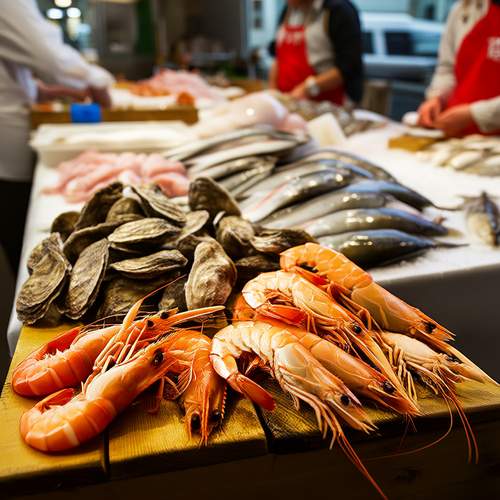
By /May 26, 2025
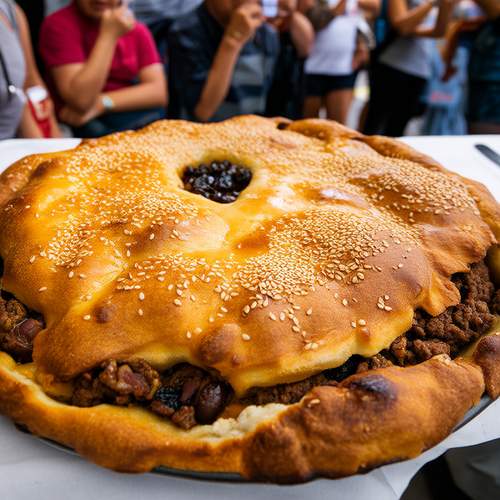
By /May 26, 2025
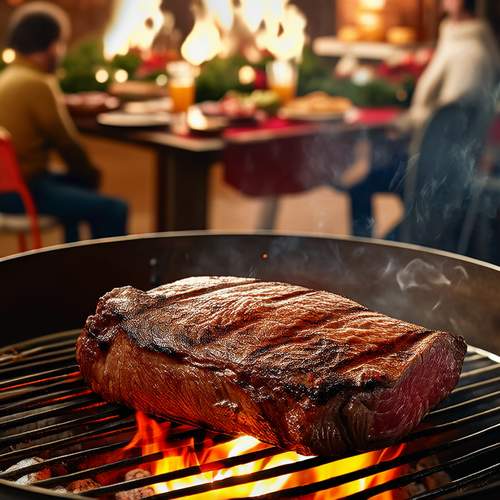
By /May 26, 2025
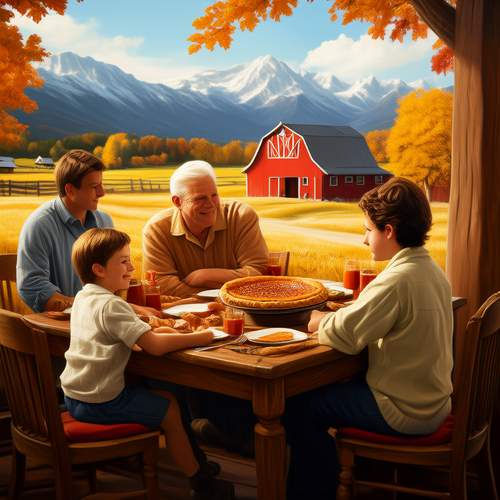
By /May 26, 2025
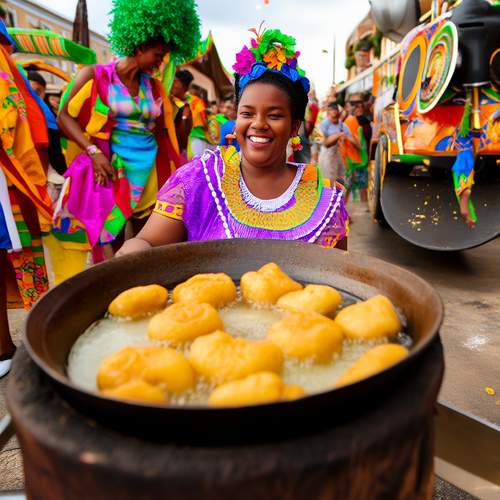
By /May 26, 2025
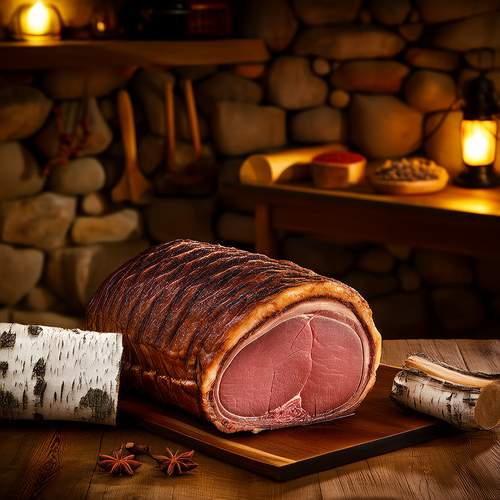
By /May 26, 2025
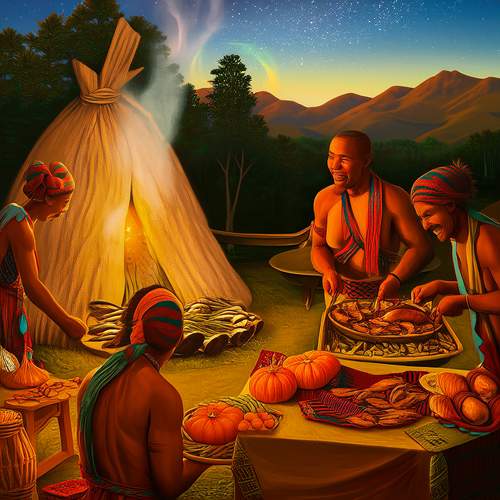
By /May 26, 2025

By /May 26, 2025
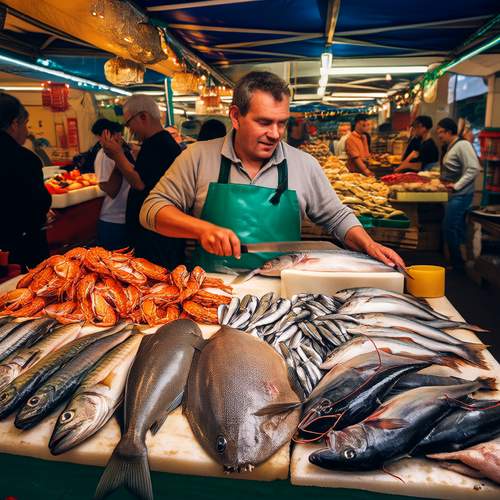
By /May 26, 2025
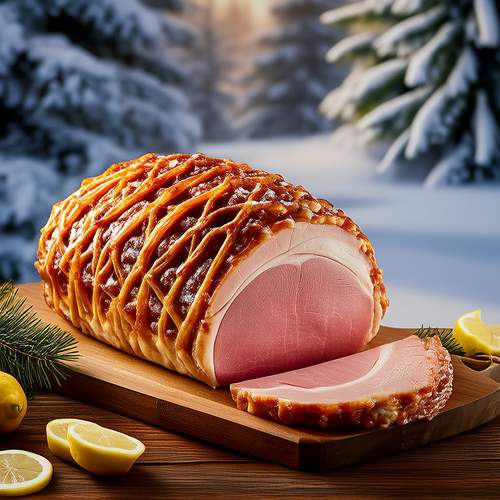
By /May 26, 2025
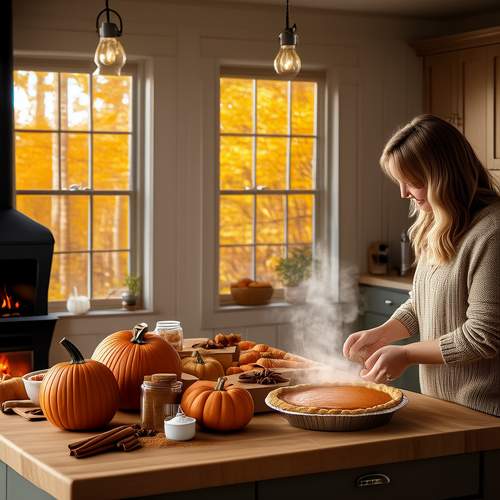
By /May 26, 2025
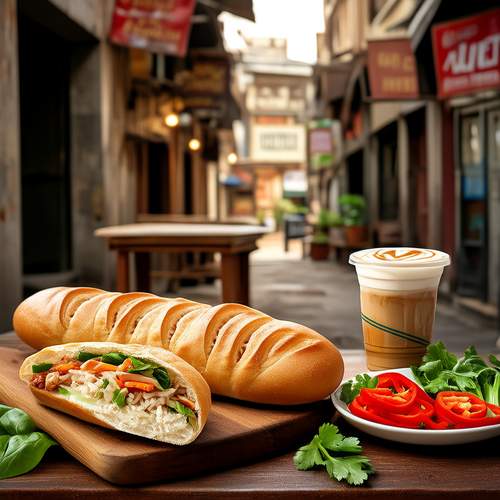
By /May 26, 2025
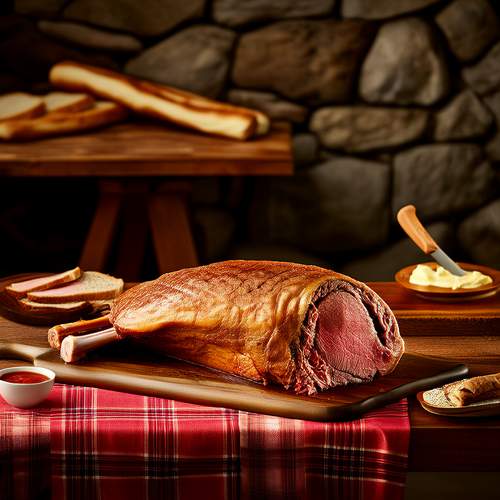
By /May 26, 2025
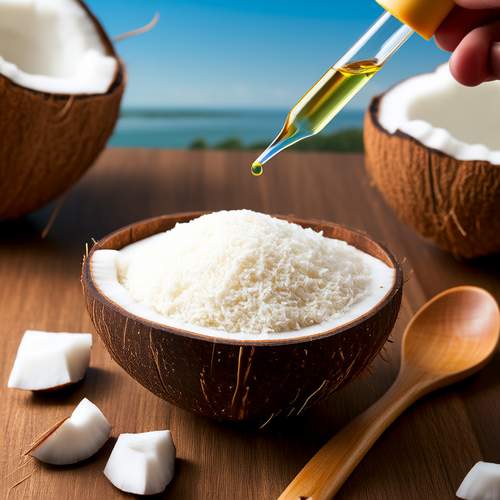
By /May 26, 2025
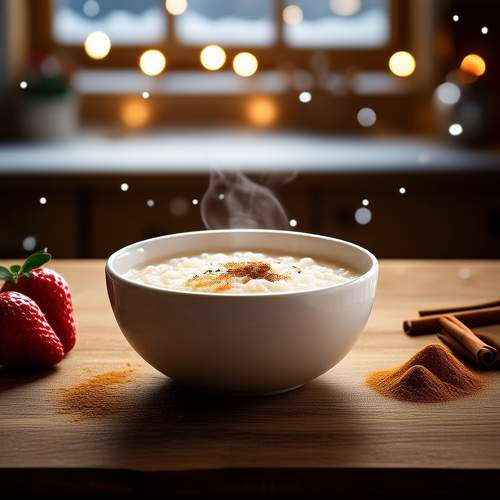
By /May 26, 2025
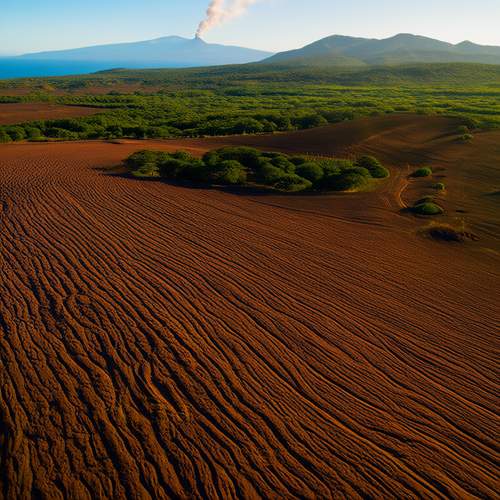
By /May 26, 2025
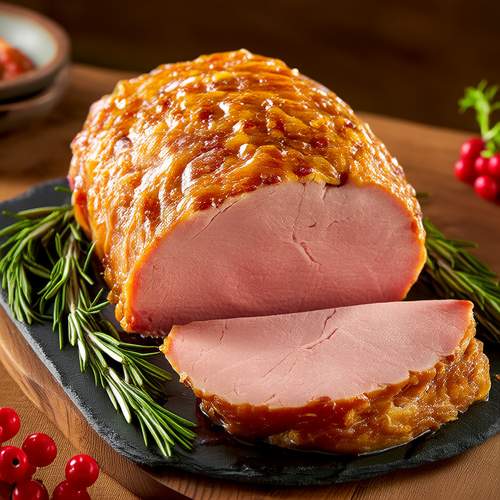
By /May 26, 2025